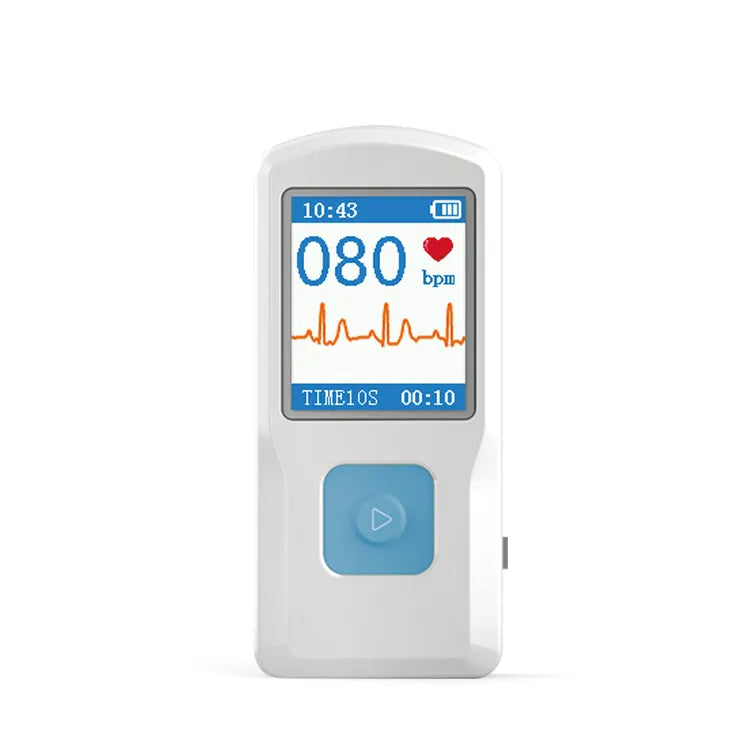Impact of European AI Act on Medical Devices

The European Artificial Intelligence Act (AIA) marks a significant milestone in the medical device industry, introducing new compliance requirements. This legislation adds to the already complex regulatory landscape, which includes the recently implemented Medical Device Regulation (MDR) in May 2021.
Despite opposition from industry bodies such as MedTech Europe, the Confederation of European Business, and Team-NB (The European Association for Medical Devices of Notified Bodies), the European Parliament passed the draft AI Act legislation on June 14.
New challenges from AIA
While industry bodies question the feasibility of the AI Act, it will now undergo trilogue discussions among the European Commission, the European Parliament, and the Council of the E.U. Once adopted and enforced, the AI Act will have a general transition period of three years, allowing businesses and stakeholders to adjust their operations and comply with the Act's requirements.
Risk assessment and responsibility are central to the new rules, following a risk-based approach. The AI Act prohibits AI systems that pose unacceptable risks, including those using manipulative techniques, exploiting vulnerabilities, or facilitating social scoring. Medical devices or in vitro diagnostic medical devices powered by AI or incorporating AI as a safety component fall under both the MDR/IVDR and the AI Act. Some legal professionals have raised concerns about the lack of harmonization between these regulations, potentially leading to contradictions.
A notable provision in the draft text is Recital 30, stating that any medical device incorporating AI components and requiring the involvement of a notified body during conformity assessment under the MDR or IVDR would automatically be classified as a high-risk device under the AI Act.
The AI Act introduces a shift in risk classification for devices with AI components. Previously categorized as medium risk under the MDR (IIb and IIa), these devices will now be considered high risk under the AI Act. They will require separate assessments to ensure conformity with the new AI legislation. Low-risk devices or diagnostics not subject to notified body conformity assessment under the MDR or IVDR will be an exception and can still be placed on the E.U. market.
There are concerns regarding the interaction between the AI Act and other E.U. legislation, such as the proposed expansion of product liability by the European Commission. This expansion could create challenges for developers of medical AI software in product liability litigation due to the presumption of causality.
On the other hand, the AI Act includes a provision on machine learning algorithm changes that may allow a regulatory mechanism similar to the FDA's predetermined change control plan (PCCP). This mechanism, accounting for iterative software development, would be welcomed by the industry.
Prepare for the AIA
To prepare for the AIA, medtech companies must demonstrate compliance with the AI Act, which may prove challenging. Reclassification of devices under the AI Act requires separate conformity assessments to meet the new AI legislation rules. Medtech developers need to obtain relevant certificates to ensure their AI technologies meet safety, accuracy, reliability, and ethical standards.
Companies should assess AI components within their devices for potential risks to patient safety, data security, and medical process integrity. Transparency measures for AI systems, emphasized in the AI Act, may also need implementation.
Alignment between the AI Act and sectoral legislation is crucial for maintaining patient access to innovative healthcare products. Although the final implementation of the AIA may take years, companies should start preparing now to ensure continued market access in Europe for their products.
PS: If you want my team to OEM your own MDR / IVDR products, please contact insights@medasiagroup.com
WE RECOMMEND
Related posts
- Subscribe MedInsights
- Subscribe MedInsights
- Subscribe MedInsights
- Subscribe MedInsights
- Subscribe MedInsights











